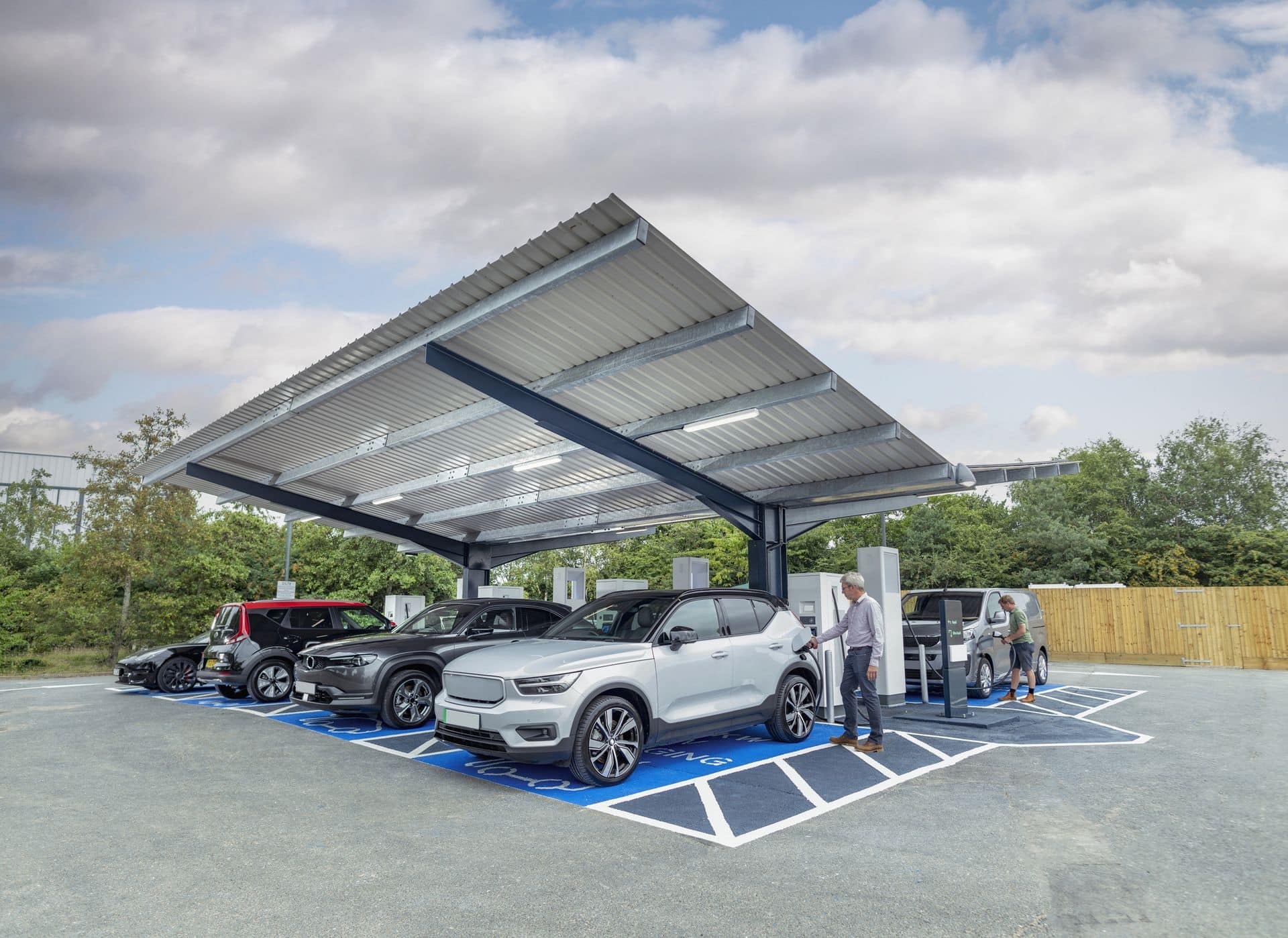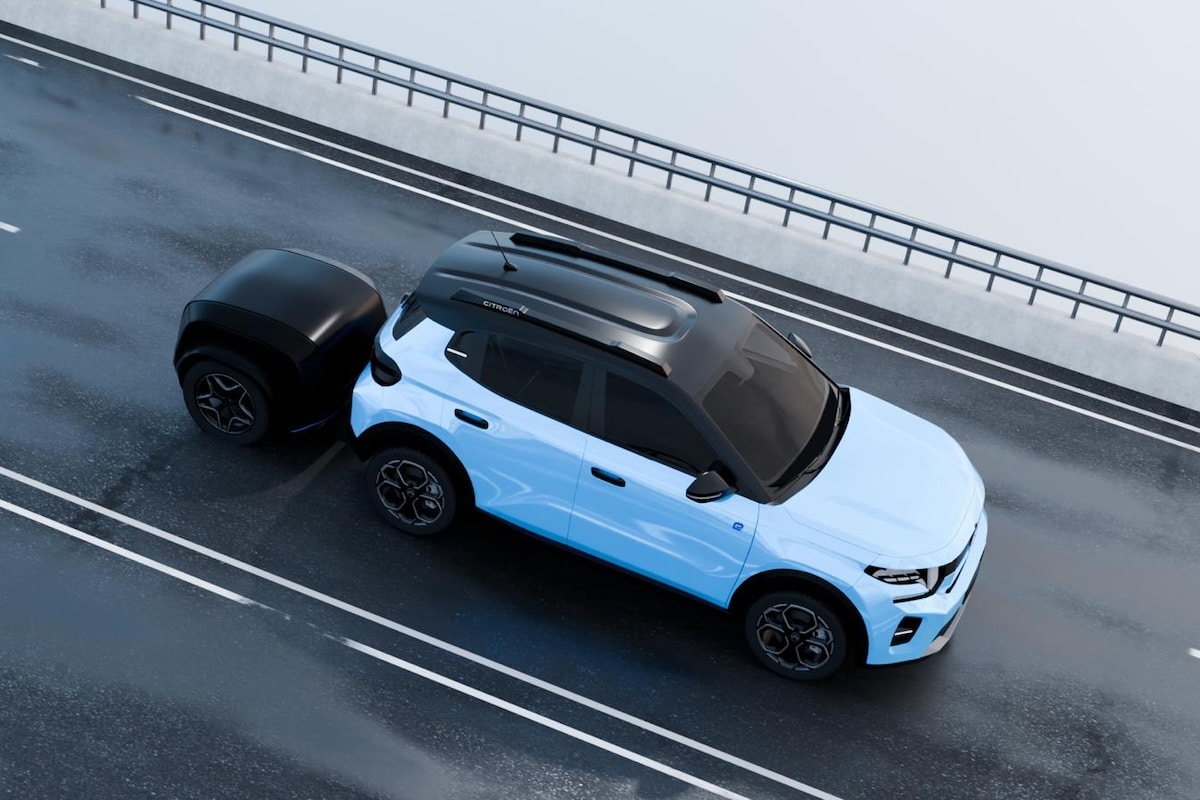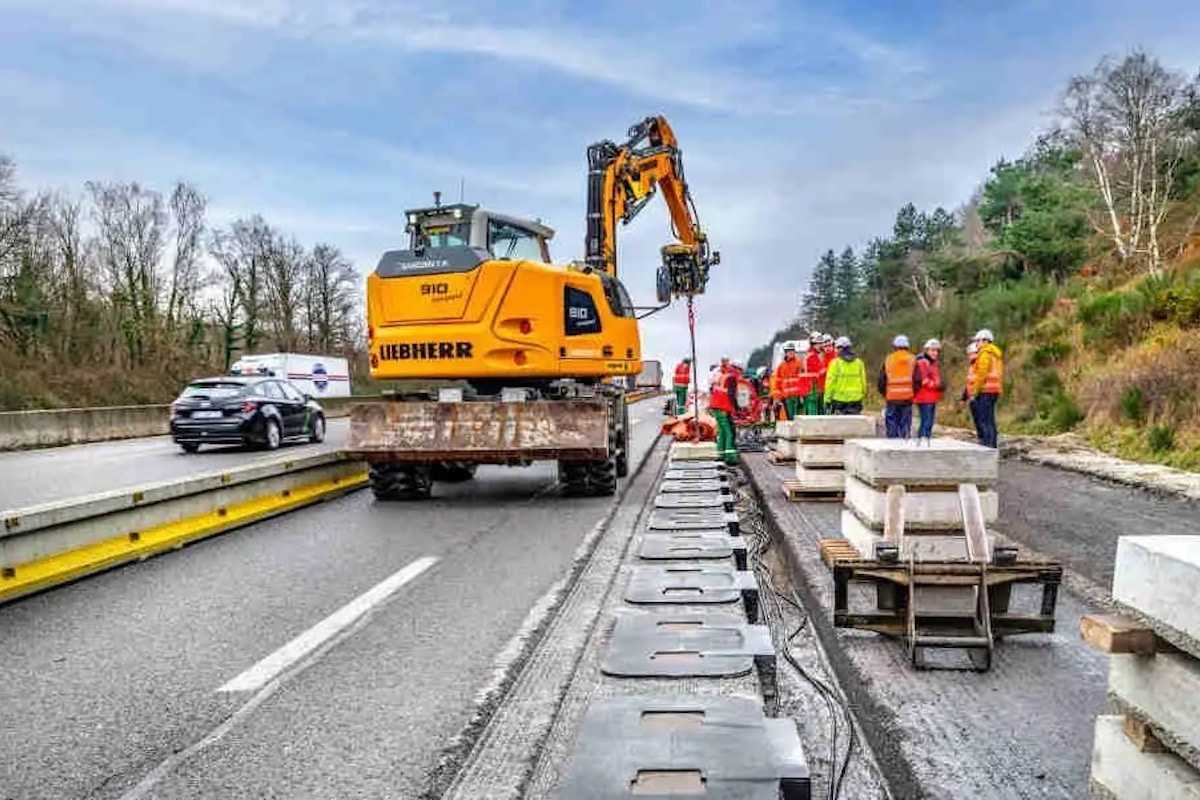Queues Lengthen at Charging Stations, but Tesla Has a Solution

With the rise of electric vehicles, scenes of queues in front of charging stations are becoming increasingly common.
What was once an exceptional stroke of bad luck is becoming the norm, especially during busy holiday weekends. To make matters worse, charging stations, designed for smooth usage, lack dedicated waiting areas and appropriate signage. The result: chaos reigns in parking lots and tensions rise, sometimes escalating to aggression between drivers.
The situation is becoming critical, but a sensible solution could change the game. Tesla has just launched a pilot project for a virtual queue at some Supercharger stations. The idea: to better organize the influx of cars and defuse conflicts. The system, currently being tested at several high-traffic locations, could streamline access to charging points while calming drivers.
You might be interestedin this article:
For several years, electric vehicle users have been calling for this type of initiative. Some highway stations are regularly saturated, as well as others located near airports, popular with professional drivers, or urban stations. It is not uncommon to see up to ten cars waiting in total disarray, with several lines forming without any apparent logic. These scenes have too often escalated.
To address this, Tesla has confirmed via its official X Tesla Charging account that the virtual queue will be tested until the end of 2025. If feedback is positive, the system will gradually be rolled out elsewhere. The operation is simple: as a user approaches a busy station, they will be informed on their central screen that they are registered in a virtual queue. When it’s their turn, they will be guided directly to the available charging point.
This intelligent system aims to reduce tensions, relieve congestion in waiting areas, and improve the user experience. One question remains: will this service be adopted by other charging providers?
This page is translated from the original post "Les queues s’allongent aux bornes de recharge, mais Tesla a une solution" in French.
We also suggestthese articles:
Also read






